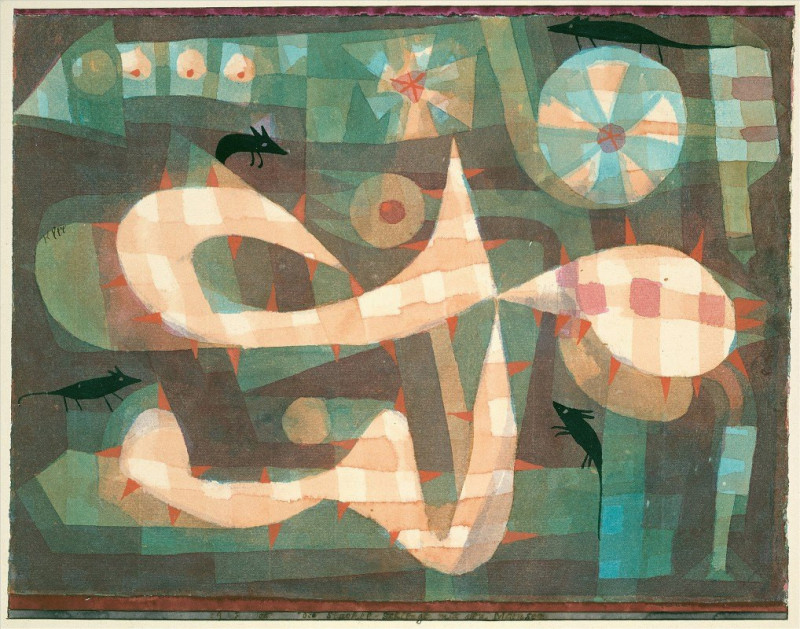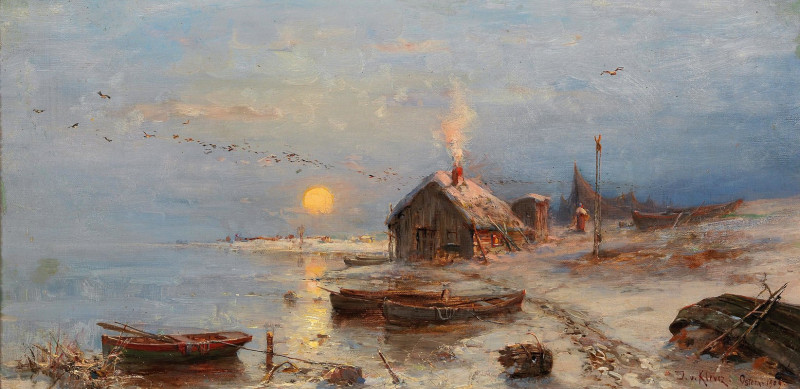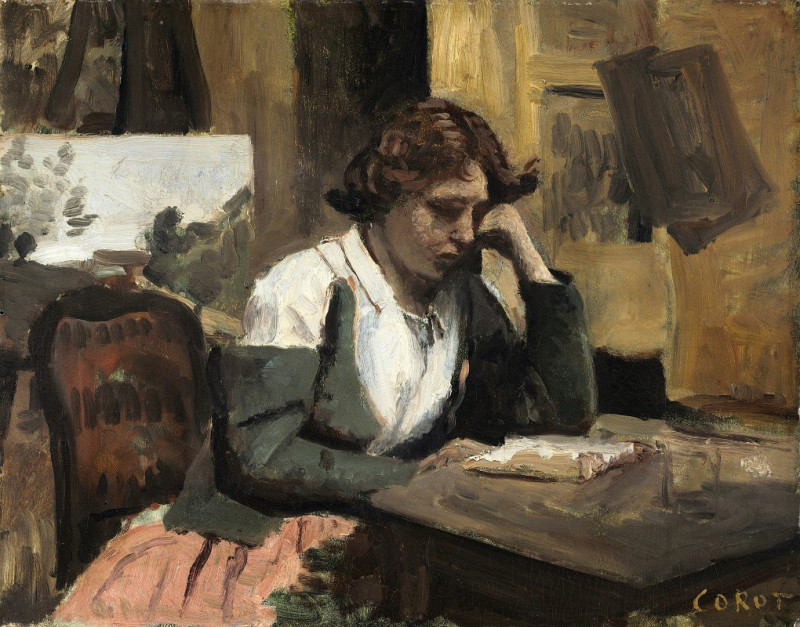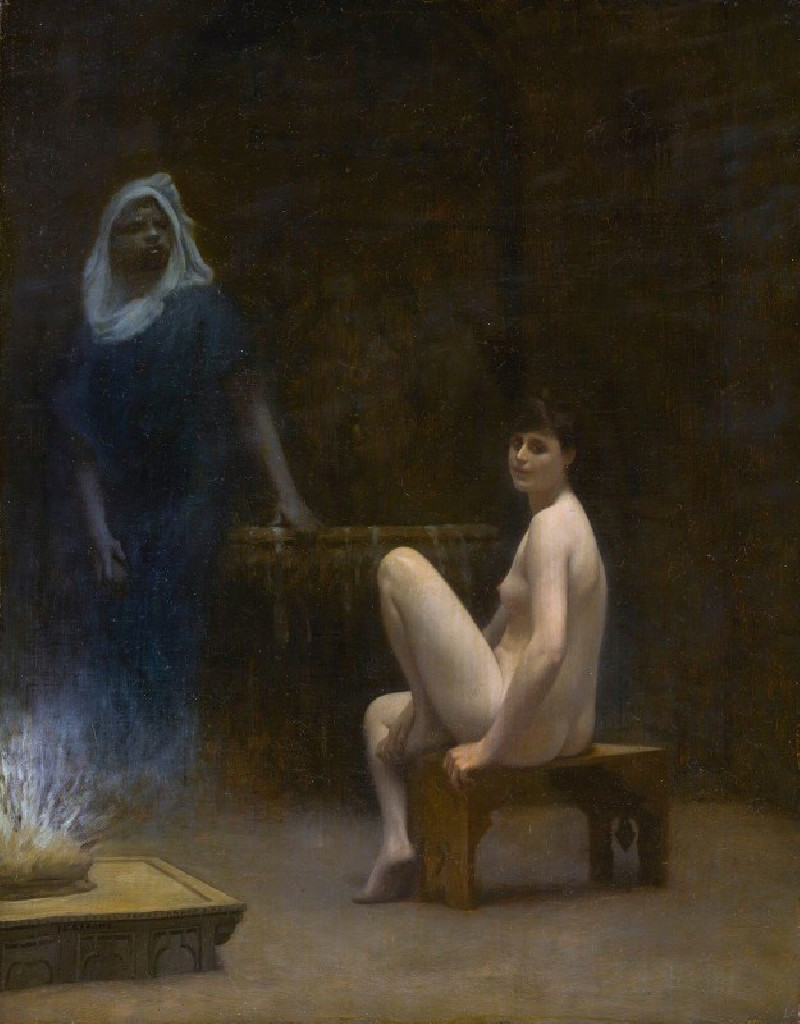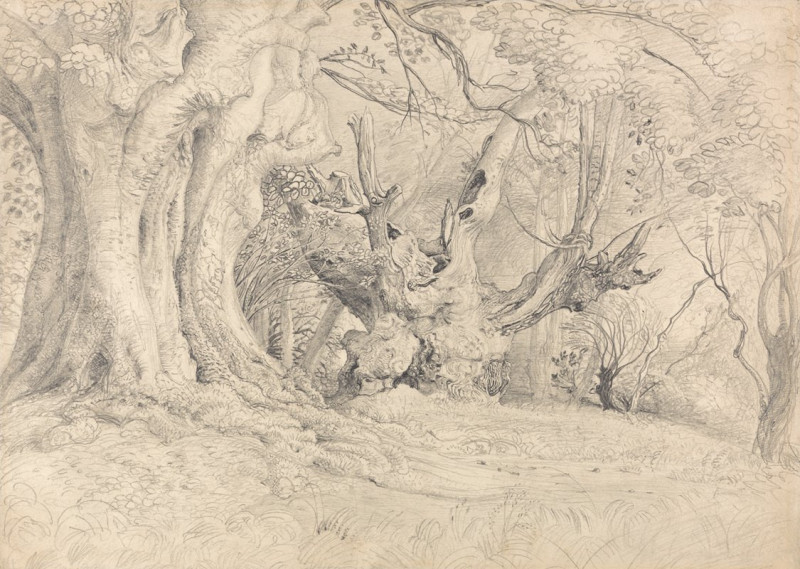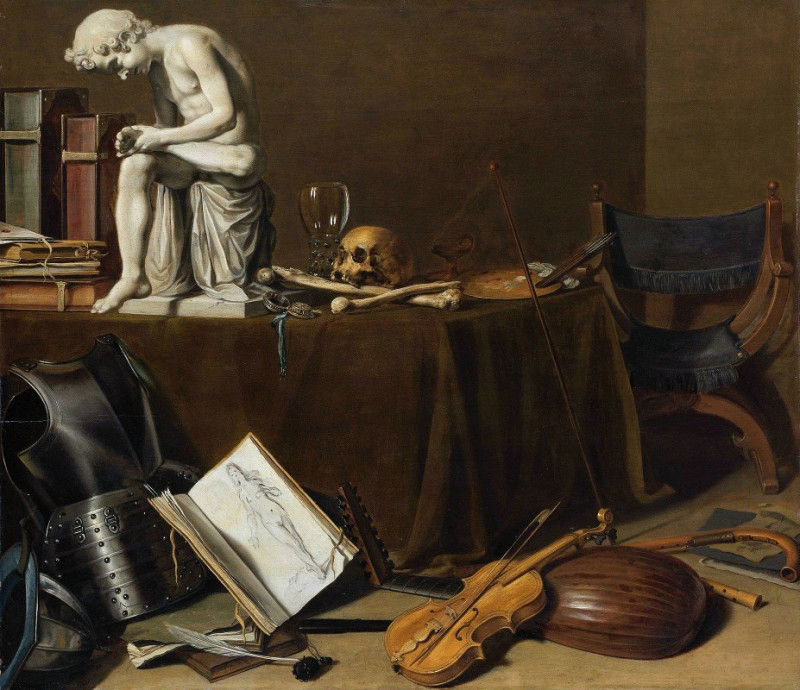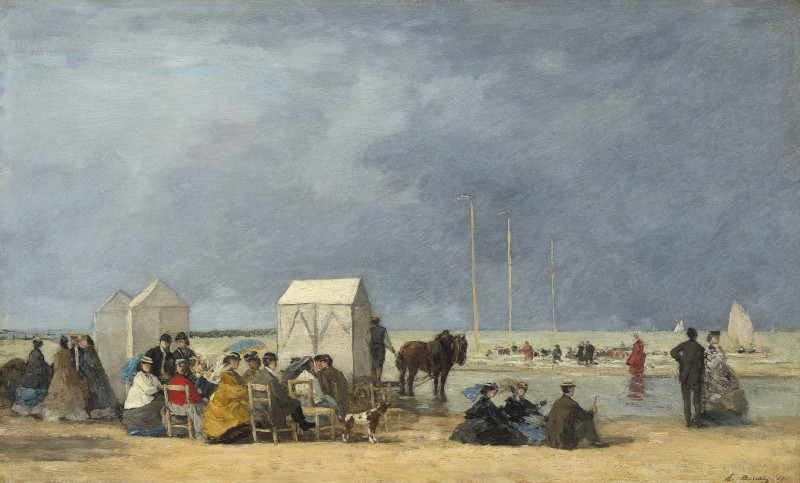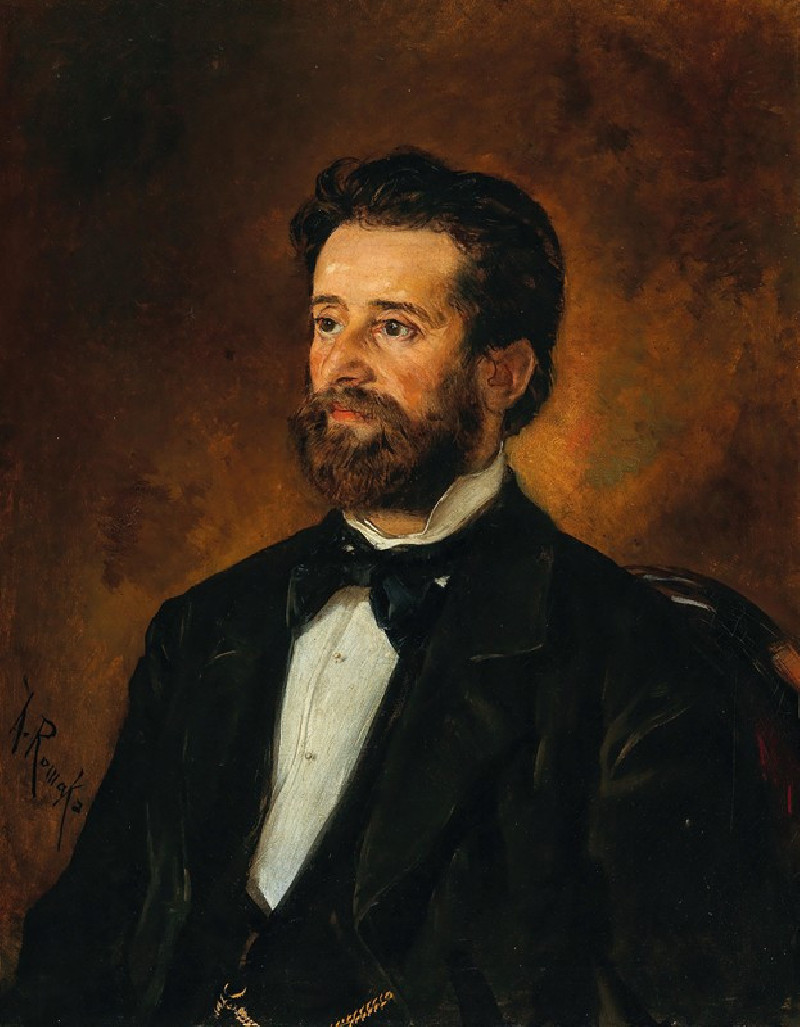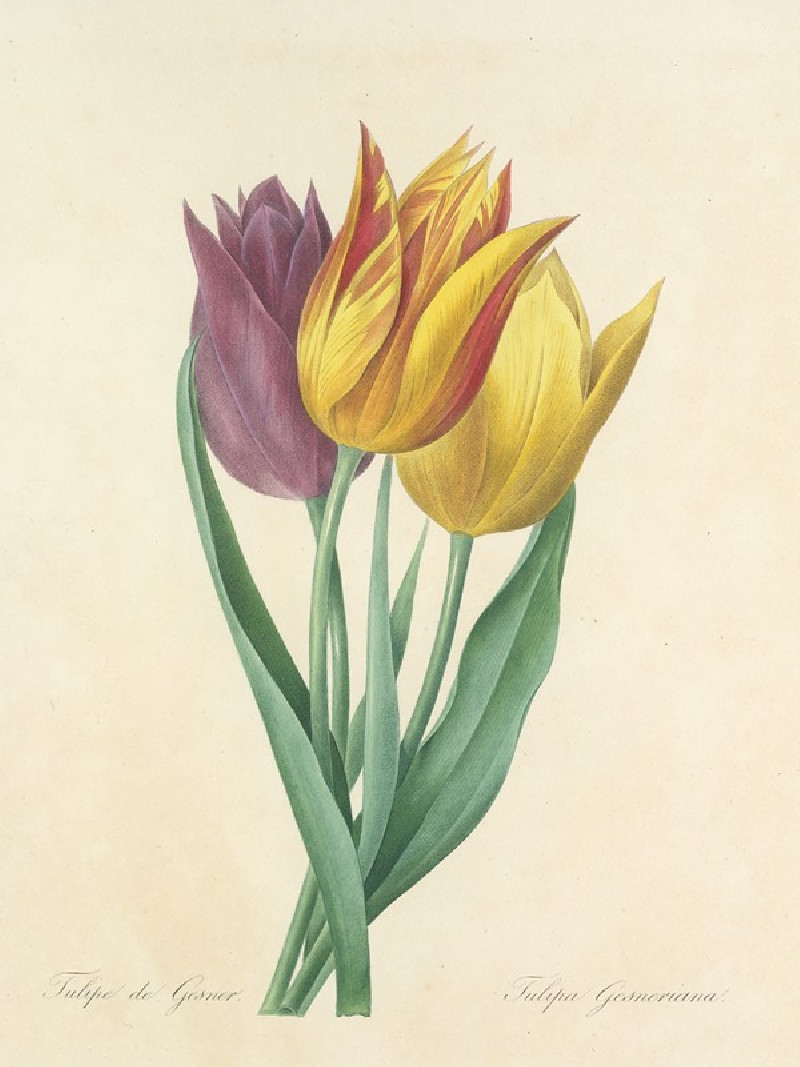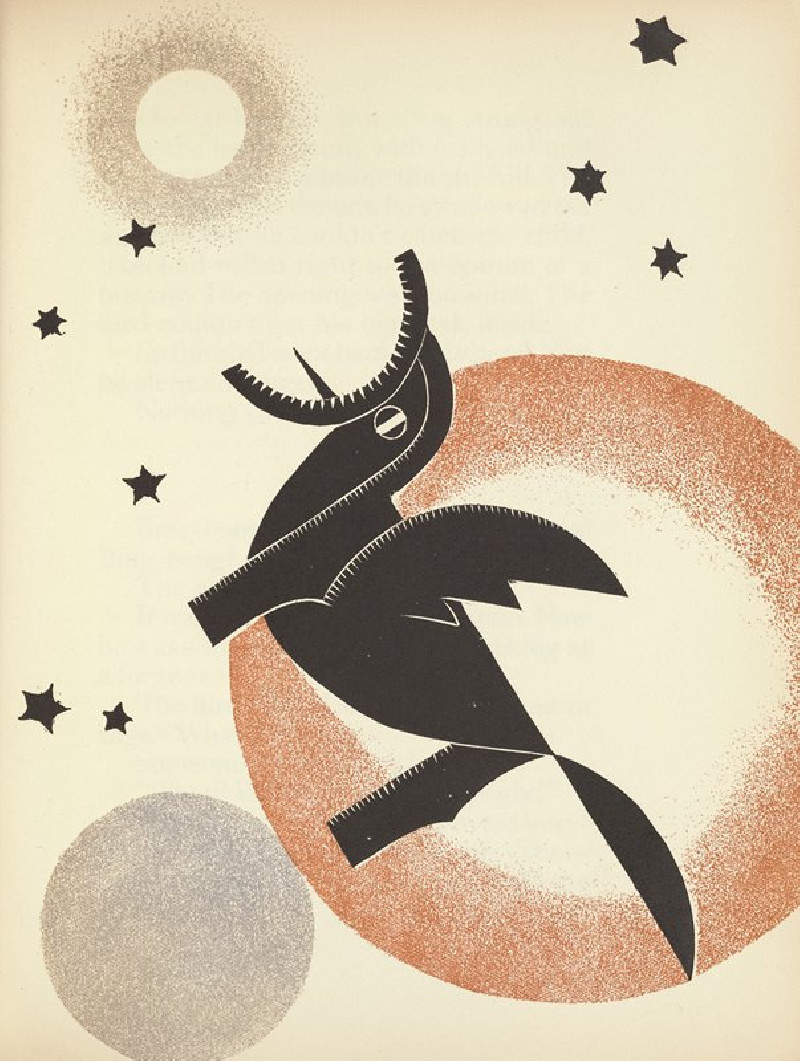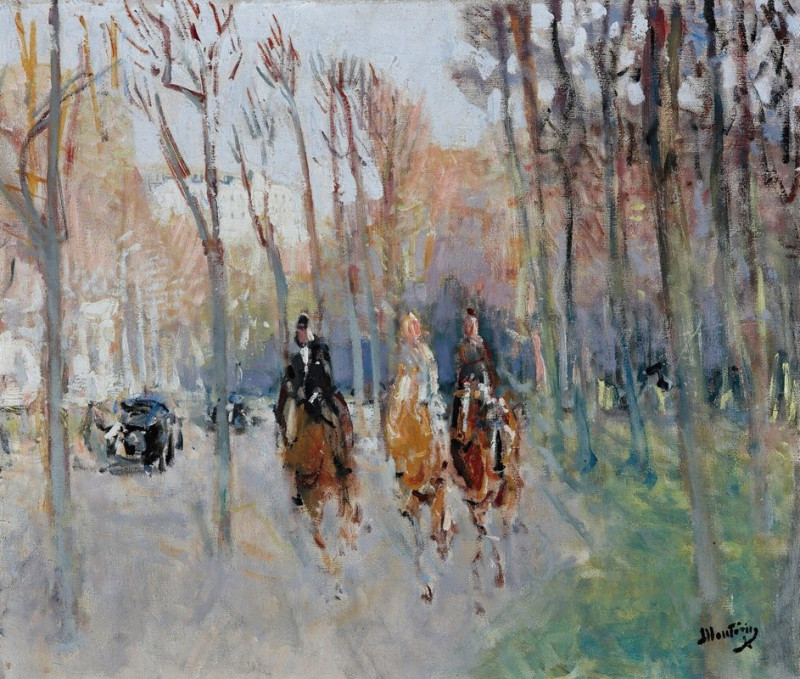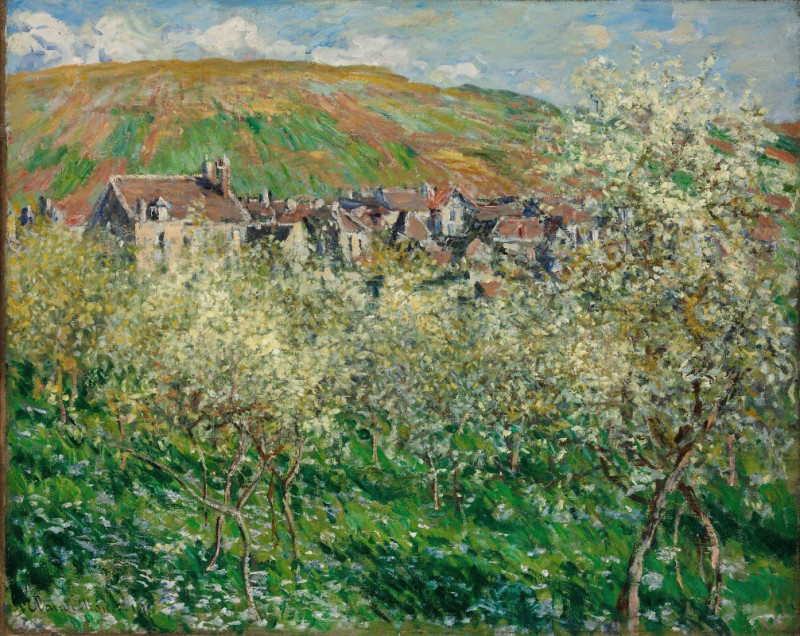The Barbed Noose with the Mice (1923)
Technique: Giclée quality print
Recommended by our customers
More about this artwork
Delve into the captivating and surreal realms of Paul Klee's 1923 masterpiece, "The Barbed Noose with the Mice." This intriguing painting, rich in symbolism and abstract form, draws viewers into a labyrinth of nuanced textures and dream-like elements, characteristic of Klee's unique artistic language.In the painting, viewers encounter a canvas dominated by layered shapes and a muted yet harmonious color palette of greens, blues, and earthy tones. At the center stands a fluid, ribbon-like form, resembling a noose with sharp, barbed accents. This central motif, both whimsical and slightly ominous, twists across the canvas, interweaving with other abstract elements and organic shapes, creating a dynamic interplay of line and form.Adding to the mystique, three stark, silhouetted mice are strategically placed, interacting with the noose-like structure. These mice, small yet prominent against the background, appear contemplative and cautious, engaging directly with the looming structure and the viewer's gaze. Their presence introduces a narrative element, suggesting themes of entrapment, danger, and resilience within an ambiguous, possibly hostile environment.Klee's mastery in blending abstracted geometry with elements of the natural world invites interpretation and introspection, making "The Barbed Noose with the Mice" a compelling exploration of form, meaning, and emotion. This painting is not only a visual feast but also a profound commentary on the complexities of existence and artistic expression.
Delivery
Returns
Paul Klee was a Swiss-born German artist. His highly individual style was influenced by movements in art that included expressionism, cubism, and surrealism. Klee was a natural draftsman who experimented with and eventually deeply explored color theory, writing about it extensively; his lectures Writings on Form and Design Theory (Schriften zur Form und Gestaltungslehre), published in English as the Paul Klee Notebooks, are held to be as important for modern art as Leonardo da Vinci's A Treatise on Painting for the Renaissance.

